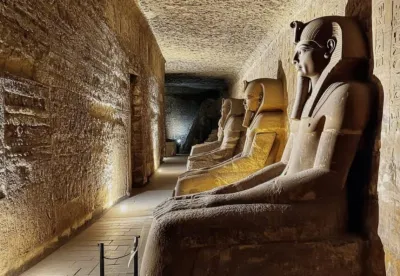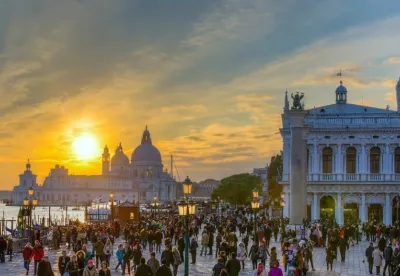As early as ten years ago, it was unthinkable for tourists from developed countries to retreat to Africa to seek medical care. Today, however, the story is different.
"Besides our natural beauty, our continent is also drawing tourists for its advanced medical care!" says Catherine Kariuki, product director of Africa Eco-Safaris and Car Hire (K) limited.
Medical tourism, or MT as it is commonly referred to, is a rapidly growing phenomenon where tourists combine adventure with travelling for medical purposes. Countries like India and Singapore attract almost one-third of international medical tourists mainly from the UK, Middle East, Japan and the United States.
Medical Tourism in Kenya
The increased ease and convenience of overseas travel, and the advancement of technology and facilities in developing and emerging economies has presented medical tourism with an affordable and suitable alternative. The adventure bit comes in when the foreign patient is waiting for admission or recuperating from the ailment.
In Kenya, high-status hospitals like Nairobi, Aga Khan, Karen, Mater and Kenyatta (the largest referral hospital in East and Central Africa) have some of their strategic thoughts on tourist patients. By upgrading their facilities and ensuring they have highly qualified personnel, it is not surprising that Kenya is geared towards being the preferred medical tourist destination in the East African region and beyond.
Advanced Medical Care
However, for medical tourism to succeed more funds need to be pumped in and aggressive marketing campaigns carried out. Experts now predict that hospitals and medicare centres will in the future attract about 8,000 foreign patients from East and Central Africa who would otherwise have travelled to South Africa, Egypt, India or Europe.
Developing countries like India, Brazil, Israel, South Africa, China, Thailand, Mexico, Singapore, Argentina, Philippines, Egypt and South Korea command three-quarters of the world’s medical tourism business. However, the high costs of living and accessing specialized treatment make them unattractive for middle-class tourists.
Kenya’s case also looks attractive. We have advanced medical care facilities, highly qualified medical professionals, affordable specialized medical care, and attractive sites to boot. It is no wonder that Kenya is becoming one East African country that medical tourists cannot afford to overlook.
The Case of South Africa
Critics who claim medical tourism cannot succeed in Africa need to look at South Africa to revise their opinions. South Africa has grown its reputation as a medical centre thanks to its high technology cosmetic surgery clinics and specialised health services, all of which offer quality treatment. The South African government and the private sector have partnered to develop and market medical tourism.
In Kenya, for medical tourism to succeed, a working pact needs to be developed by the Ministry of Tourism, in collaboration with stakeholders in the industry and those in the health and medical sector.
Strong Growth in Spa Tourism
A market which is poised to define the future of travel and tourism in Kenya is health and wellness, especially thanks to the growing level of investment in this field in 2006 and 2007. Tourist resorts, medical institutions and recreation centres are offering unique blends of spas and fitness programmes which are beginning to occupy an important niche in the travel and tourism industry in the country. With the Wildfitness centre in Malindi, the mushrooming beach spas along the coast, Nairobi’s plush relaxation spas, the new Karen Hospital and natural hot spas in the Rift Valley, the country is gradually beginning to attract both regional and international tourists interested in spa tourism.
By Mwingirwa Kithure










